Smudging & Cleansing ~ Abalone Shell
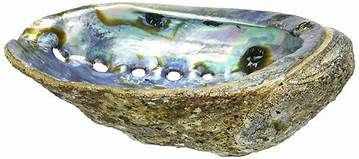
Smudging can be a Solo, Personal Ritual and Prayer which can belongs to you and the wider community.
The tools used for these Rituals should, we believe, be NONE INVASIVE, especially in this age of being Eco-friendly and Environmentally Conscious.

Therefore, we feel strongly that everyone should be made aware that just because these 'Abalone Shells' are widely sold, normally as part of a Smudging set, to be used in conjunction with the ‘Cleansing’ Ceremonies, it still does not make it right that we should use them, there are alternatives which, we feel, are more authentic.

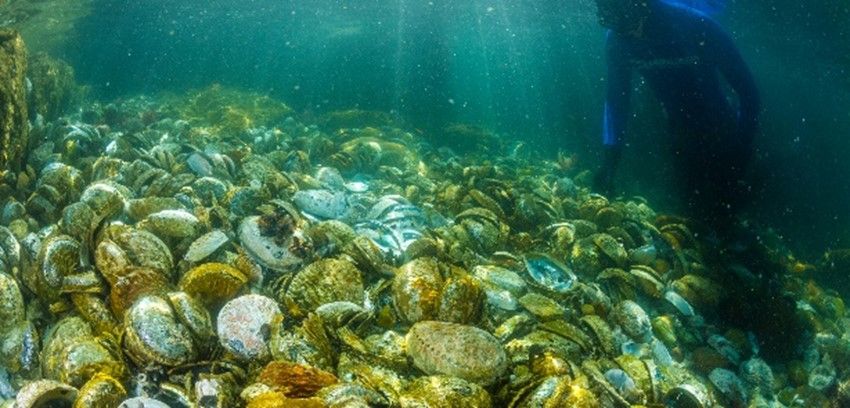
Threat of Extinction
Abalones have been identified as one of the many classes of organism threatened with extinction due to overfishing, acidification of oceans from carbon dioxide, as reduced ph erodes their shells.
It is predicted that abalones will become extinct in the wild within 50 years, at current rates of carbon dioxide production. Currently the white, pink, and green abalone are on the federal endangered species list, and possible restoration sites have been proposed.
The possibility of farming abalone to be reintroduced into the wild has also been proposed, with these abalone having special tags to help track the population.
It has been respected as a Living Creature and Never over Harvested by Native Tribes for Centuries,~ so why are we doing it now?
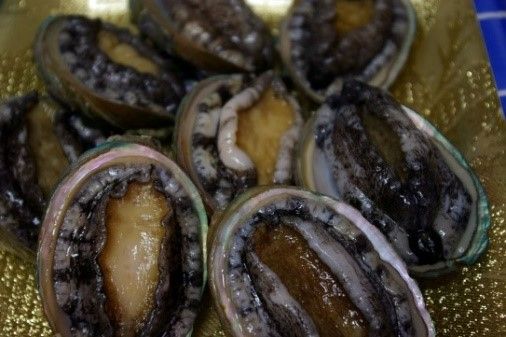

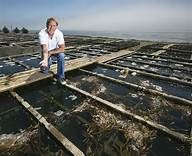
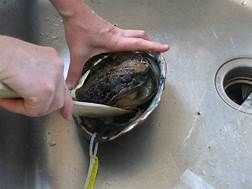
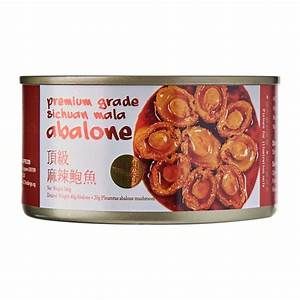
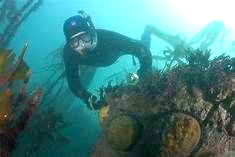
In 2014, A species of abalone only found in New Zealand was commanding top prices in Asia, spurring an increasing number of recreational fishers. Abalone is one of the most prized sea delicacies worldwide. Farming of abalone began in the late 1950's and early 1960's in Japan and China. A very rapid development of abalone cultivation has taken place in the 1990s and it is now widespread in many countries including USA, Mexico, South Africa, Australia, Japan, China, Taiwan, Ireland, Iceland, and others.
The largest cultured abalone producer in the world is China with over 2,000 farms and a total production of approximately 50,000 tons. Worldwide, there are over 15 species of abalone which are farmed and commercially important. Species can live in water temperatures ranging from 2C to30C.
Smudge sticks are often sold with Abalone shells, BUT IT IS INAPPROPRIATE TO USE SHELLS FOR SMUDGING. Although the shells of abalone are occasionally used in New Age smudging ceremonies to catch falling ash. There are some beautiful authentic Clay Pots alternatives available at Scented and more . .
~ Since Abalone is an Endangered and is therefore a Protected Species.
~ Over harvesting. Abalone are easily over harvested because of slow growth and variable reproductive success. These high harvests cannot be sustained and has led to mortality of small abalone for many reasons.
~ Illegal harvesting. Some people ignore the regulations enacted to protect abalone because abalone bring high prices.
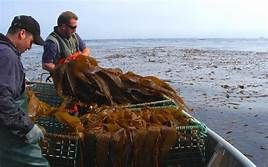
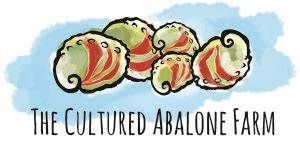
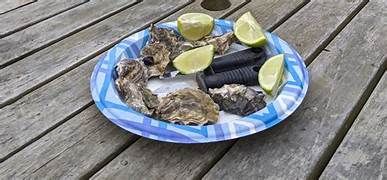

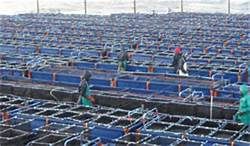
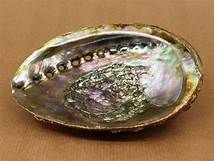
A Seashell is NOT FIRE-SAFE, especially with Abalone shells as they have a row of holes which run along its side. These holes are used to allow the animal to breathe when it is the sea, but when it is used as a bowl to hold ash from a 'smudge stick', it is more than likely that the ash will fall through these holes.
~ Abalone is sacred to the Goddess of Water and since Seashells are naturally affiliated with water (yin). It is not Respectful to use a shell - especially Abalone - for air/fire (yang) rituals.
Abalone is associated with the Karuk people, a Native American tribe who believe ‘Abalone is a Spirit Woman’ the feminine form of wealth, originating in ancient times, she must be present at every ceremony where Abalone pendants are suspended from the dresses worn by the women that evokes strong feelings before the ‘Spirit Being of the world’ as they meditated.
~ Loss of habitat. Coastal "development" and pollution have ruined large areas of abalone habitat.
Abalone is one of the most prized sea delicacies worldwide. Farming of abalone began in the late 1950's and early 1960's in Japan and China.
~ A rapid development of abalone cultivation has taken place in the 1990s.
This is now widespread in many countries including USA, Mexico, South Africa, Japan, China, Taiwan, and others. The largest cultured abalone producer in the world is China with over 2,000 farms and a total production of approximately 50,000 tons. Worldwide, there are over 15 species of abalone which are farmed and commercially important.
Greed for the meat in 2014, a species of abalone only found in New Zealand is commanding top prices in Asia, spurring an increasing number of recreational fishers.
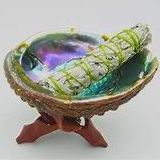

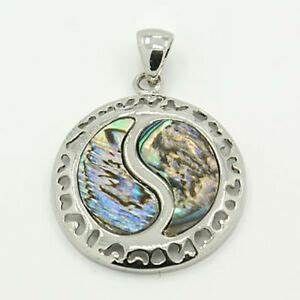

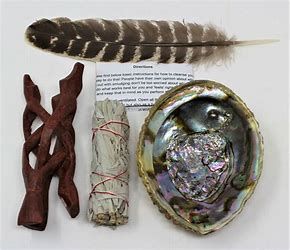
" THERE ARE BETTER, MORE ETHlCAL ALTERNATlVE lTEMS THAT CAN BE USED WHEN PERFORMlNG A SMUDGlNG OR CLEANSlNG RlTUAL, SO WE ASK YOU, DON’T FOLLOW THE CROWD THlNK BEFORE YOU BUY ! ! !"
